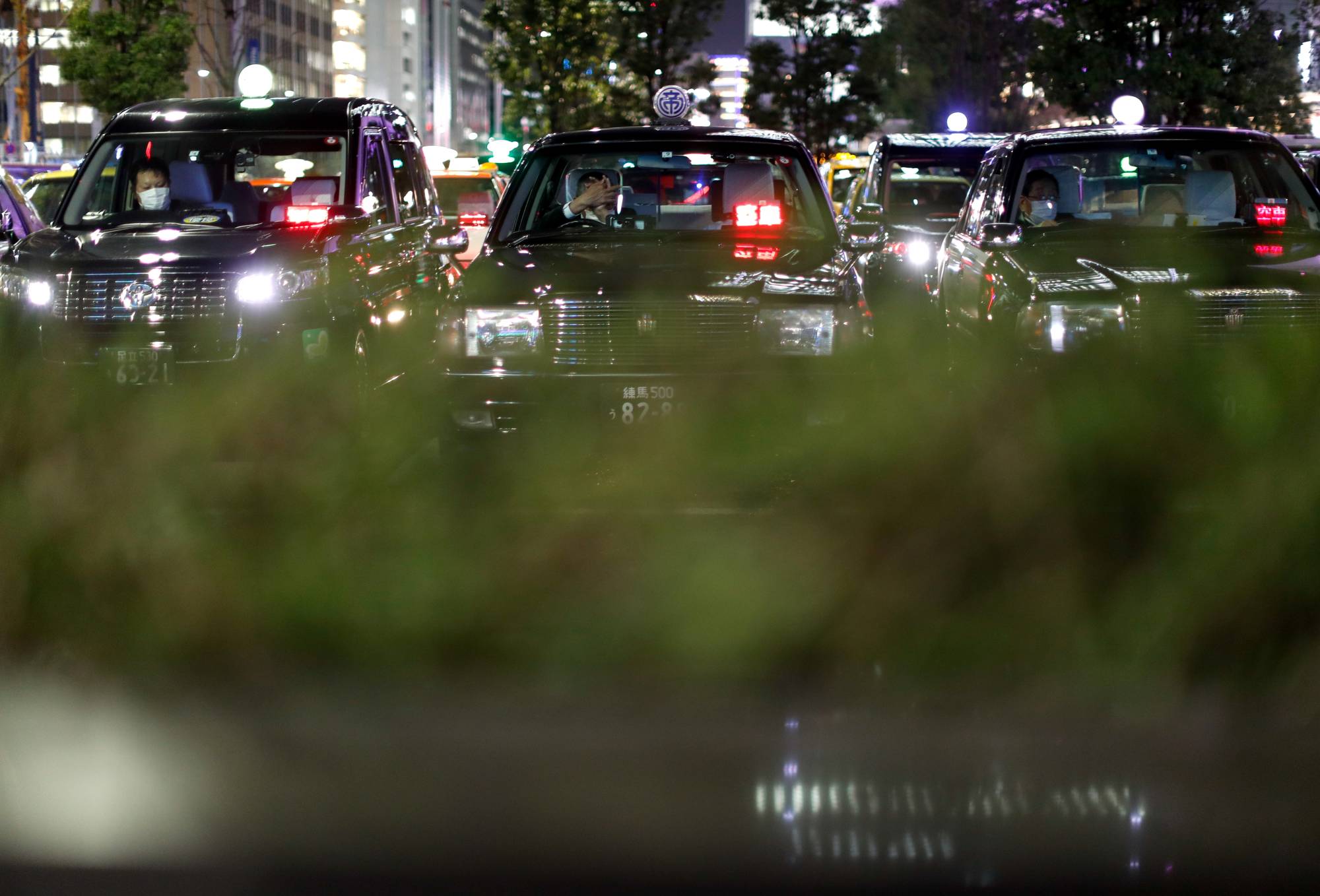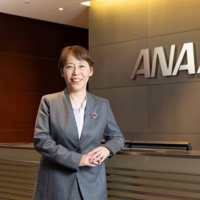Taxi users may see fares fluctuate based on demand as the transport ministry plans a new system, scheduled to start in May, that would allow operators to introduce dynamic pricing.
Taxi operators are currently required to determine their fares based on a price range set by the transport ministry, for instance adding on 20% for late nights or slashing fares by 10% for people with disabilities.
Under the dynamic pricing system, operators will have the option to flexibly set fares between 50% above or below their regular fare according to demand. For example, a taxi with a starting fare of ¥500 could have it set in a range between ¥250 and ¥750, depending on demand.
Fares could be higher on rainy days, late at night after last trains or during the morning rush hour, and cheaper during the day when there is less demand. However, the dynamic pricing system will only be available for taxis hailed via approved ride-hailing apps with a predetermined route and pricing, which means people who hail a cab on the street will not be able to use the system.
“We’re hoping to cultivate demand for taxis from people who don't usually use them,” said Tsukasa Iida, an official at the ministry.
In 2021, the ministry conducted a trial program with dispatch apps Go by Mobility Technologies and Uber Japan in some Tokyo wards with about 9,000 taxis.
While the ministry is still soliciting public comments about the system, the official rollout is currently scheduled for May.
Taxi operators will need to apply for ministry approval to introduce the dynamic pricing system. They will also need to report the total taxi fares earned every three months.




















With your current subscription plan you can comment on stories. However, before writing your first comment, please create a display name in the Profile section of your subscriber account page.